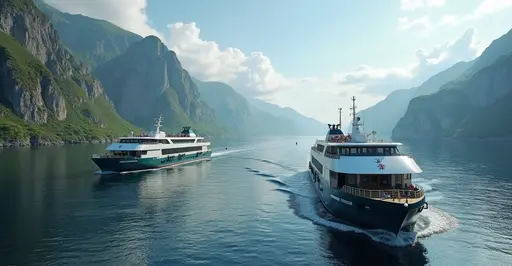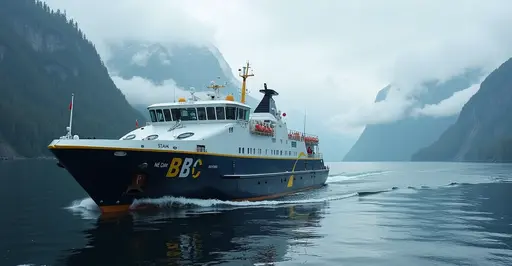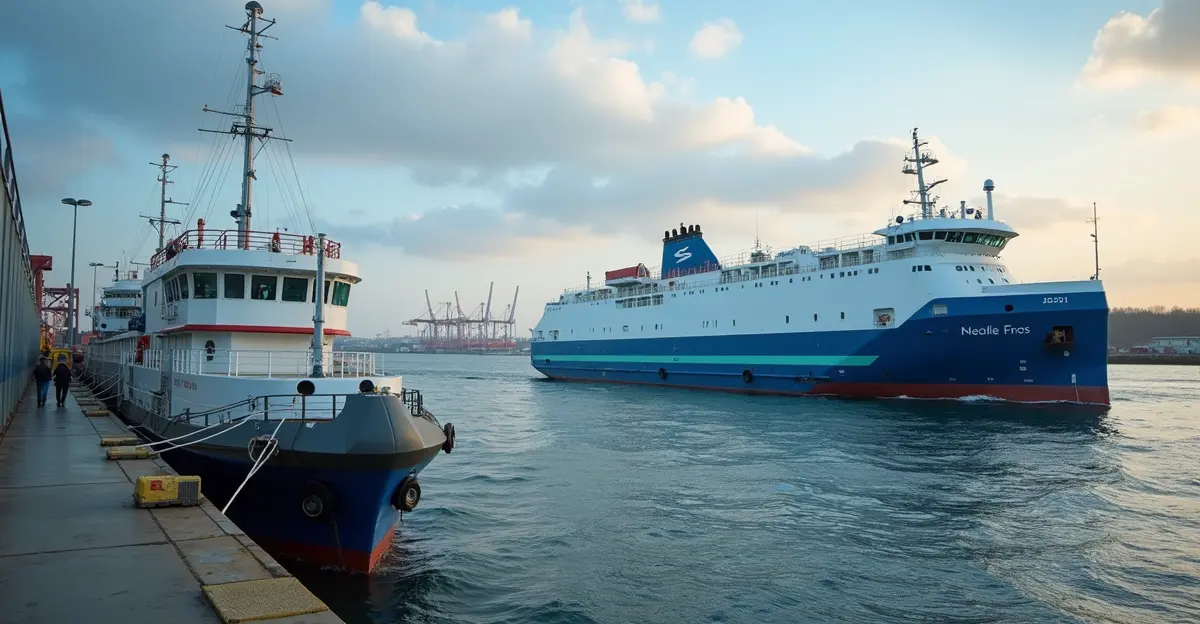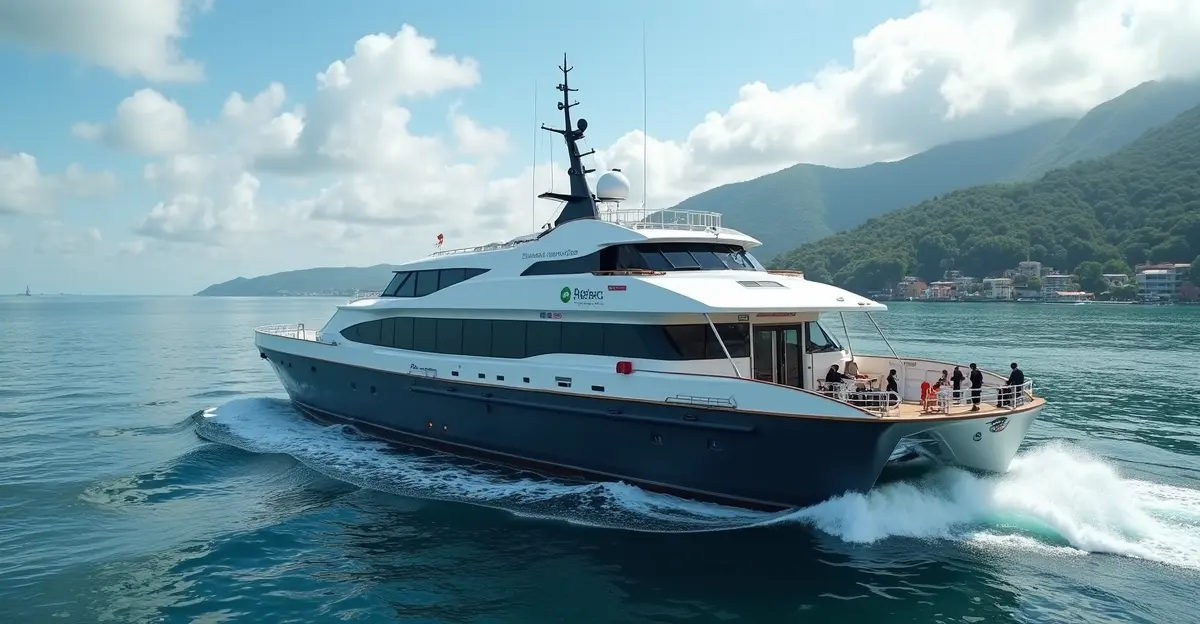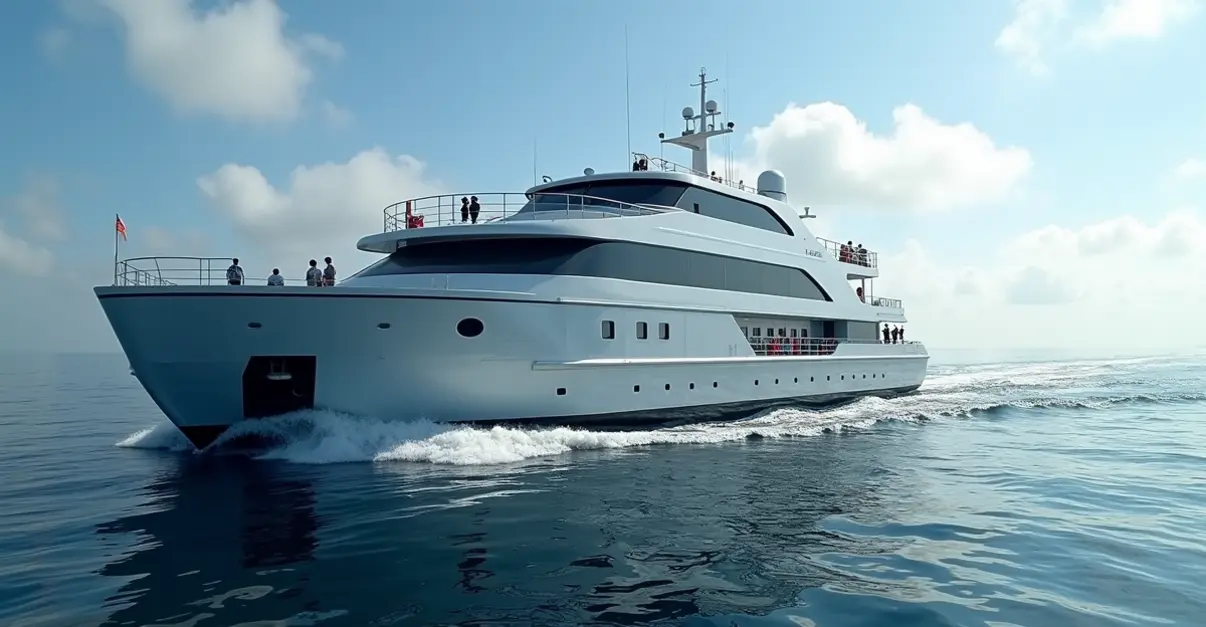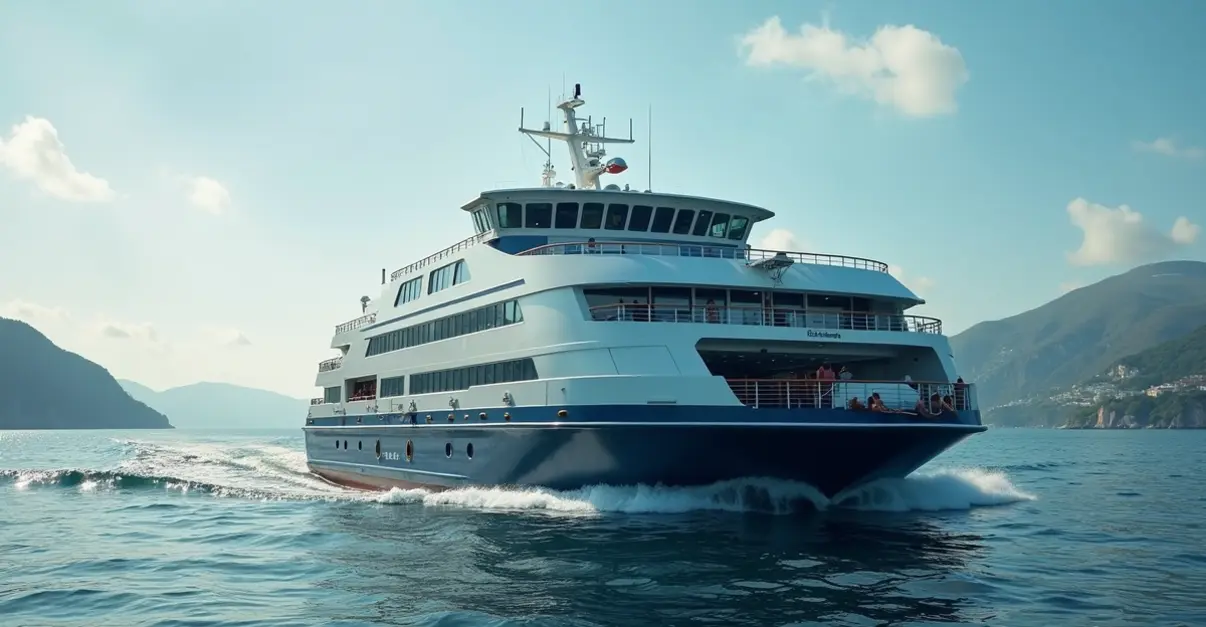Electric ferry networks are expanding globally, with 70% of new orders featuring electric drivetrains. These clean vessels connect island communities to mainland services while reducing emissions and operational costs.
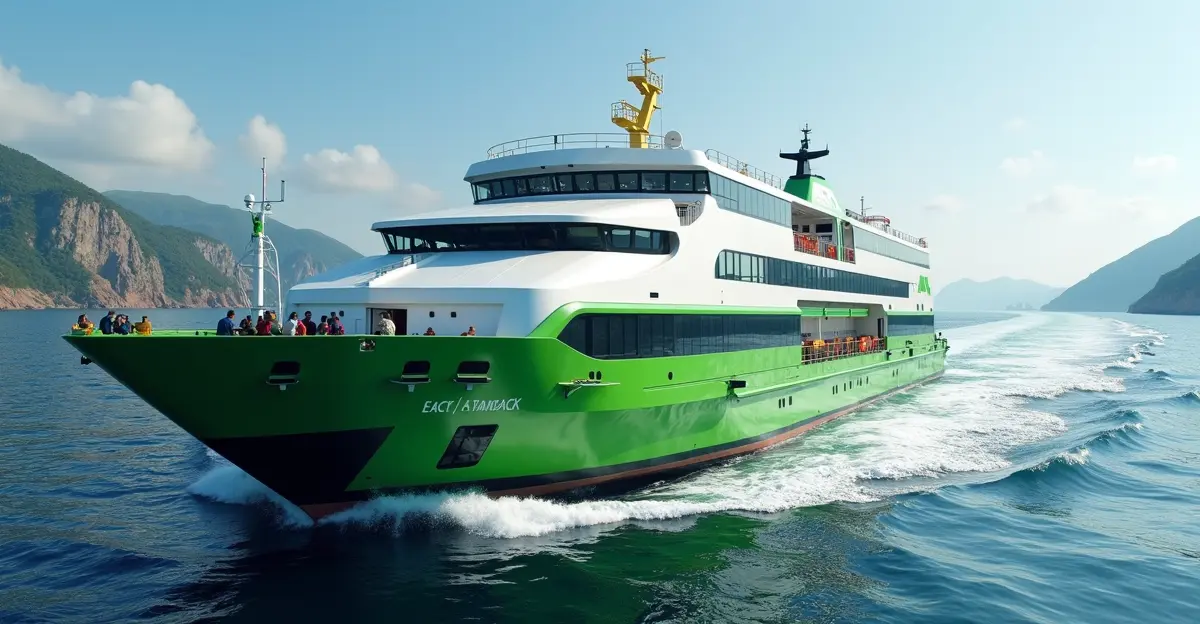
Clean Vessels Connect Island Communities with Mainland Services
The global transition to electric ferry networks is accelerating at an unprecedented pace, with coastal regions worldwide witnessing a dramatic expansion of clean maritime transportation. According to recent market analysis, the electric ferry market is projected to reach $3.53 billion by 2025 and expand to $19.3 billion by 2033, representing a compound annual growth rate of 12.2%. This rapid expansion is fundamentally reshaping how island communities connect with mainland services while significantly reducing environmental impact.
Global Electrification Accelerates
The maritime industry is experiencing a revolutionary shift, with 70% of new ferry orders worldwide now featuring electric drivetrains. 'We've moved from niche experiments to mainstream procurement decisions,' says maritime analyst Dr. Elena Rodriguez. 'The economic and operational feasibility of electric propulsion has been proven at scale, particularly in regions like Norway where approximately 70 electric ferries are already in operation.'
This transition is driven by multiple factors including international emissions regulations from the International Maritime Organization, declining battery costs, and operational savings that offset initial capital costs. The narrowing cost gap between diesel and electric vessels has made electric ferries increasingly attractive to operators worldwide.
Island Community Connections
Electric ferries are proving particularly transformative for island communities that depend on reliable maritime connections for essential services. In Maine, the Department of Transportation is replacing the 35-year-old diesel ferry Margaret Chase Smith with a new hybrid-electric vessel connecting Lincolnville to the island community of Islesboro. The 207-foot double-ended vessel will transport 200 passengers and 40 vehicles across the 3-nautical-mile route.
'This hybrid-electric system is expected to reduce fuel consumption by approximately 100,000 gallons per year, cutting CO2 emissions by around 1,100 tons annually,' explains MaineDOT spokesperson Sarah Johnson. 'For Islesboro, a medically underserved area where 600 residents depend on ferry connections for healthcare and essential services, this represents critical infrastructure modernization.'
European Leadership and Innovation
Europe continues to lead the electric ferry revolution, with the region accounting for 38.6% of the global market share. Spanish ferry operator Baleària is launching the world's first fully electric ferry route connecting Europe and North Africa between Tarifa, Spain and Tangier, Morocco. Two 87-meter electric catamarans will carry 800 passengers and 225 cars each at speeds up to 26 knots.
The ferries feature 16 MW electric power with 11,500 kWh battery capacity, enabling the 18-mile journey entirely on electric power with zero emissions. 'Each vessel will recharge in just 40 minutes during one-hour port stops using autonomous robotic arms connected to onshore power systems,' notes Baleària's technical director Miguel Ángel García.
Environmental and Economic Benefits
The environmental benefits of electric ferry expansion are substantial. Washington State Ferries, the nation's largest ferry system carrying over 9 million passenger and commercial vehicles annually, is undergoing a major transition to reduce diesel pollution. The system has set ambitious climate goals: 70% emissions reduction by 2040 and 95% reduction by 2050.
'The move away from diesel is crucial for port communities that currently breathe exhaust from large diesel-powered boats,' emphasizes environmental scientist Dr. Michael Chen. 'Beyond emissions reduction, electric ferries offer significant operational cost savings and reduced noise pollution, creating better living conditions for coastal residents.'
Technological Advancements
The electric ferry market is segmented into pure electric and hybrid power systems, with pure electric variants gaining popularity due to their zero-emission operation. Key technological advancements include the integration of autonomous navigation systems, wireless charging infrastructure, and development of high-performance batteries with extended range and fast-charging capabilities.
Major industry players like Torqeedo, Wärtsilä, AUSTAL, and Damen are focusing on lightweight materials like carbon fiber and aluminum, advanced battery technologies, and improved operational efficiency. These innovations are making electric ferries increasingly viable for longer routes and more challenging maritime conditions.
Future Outlook
The industry is now firmly on a trajectory toward large-scale electrification, with most operators having electric retrofit plans for existing vessels alongside new electric orders. Regional growth is strongest in North America, Europe, and Asia, supported by government incentives and the increasing adoption of green transportation solutions.
As battery costs continue to decline and charging infrastructure expands, electric ferry networks are expected to become the standard for coastal transportation worldwide. 'We're witnessing a fundamental transformation in how we move people and goods across water,' concludes maritime industry expert Professor James Wilson. 'The expansion of electric ferry networks represents not just technological progress, but a commitment to sustainable coastal communities and environmental stewardship.'

 Nederlands
Nederlands
 English
English
 Deutsch
Deutsch
 Français
Français
 Español
Español
 Português
Português




